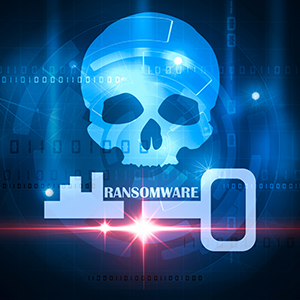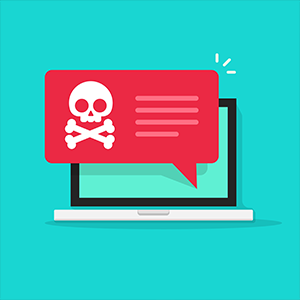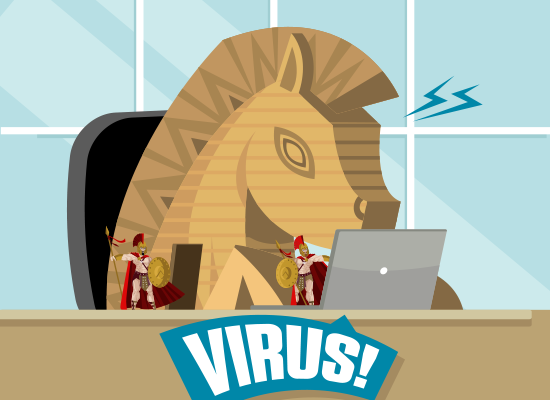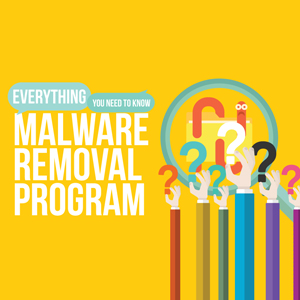What you need to know about cryptolocker ransomware removal tools
Updated on October 21, 2022, by Xcitium
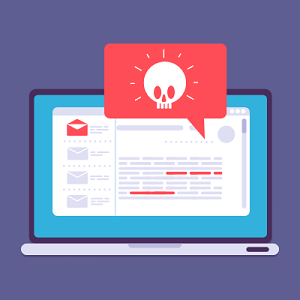
CryptoLocker ransomware is fairly easy to remove. Unfortunately, removing the source of the infection does not undo the damage it has already caused. For this reason, you need to be proactive about protecting your data from CryptoLocker attacks and also doing your best to stop them from happening in the first place. Here is what you need to know.
Removing CryptoLocker
You can often remove CryptoLocker itself just by installing a reputable anti-malware program and having it scan your computer. Sometimes, however, CryptoLocker is installed with other malware to try to make this more difficult. If this is the case, then try booting into safe mode with networking and then installing an anti-malware program, and if this doesn’t work try booting into safe mode with command prompt and restoring to a previous time point. Then install an anti-malware program and have it scan your computer, just to make sure it’s clean.
Dealing with the encrypted files
If you have a clean data backup, then the easiest approach is usually just to restore from that. If you don’t, then you better hope that your luck is in and that you have been attacked by one of the versions of CryptoLocker which leaves the Shadow Volume Copies of the files, in which case you can just use Windows Restore to resolve the problem.
If that doesn’t work, then you can try using a ransomware identifier tool to identify the exact version of CryptoLocker which was used in the attack. You can then try looking for a decryption tool. This is not only a hit and miss approach, but it also brings additional dangers. For example, these days, there is now malware disguised as decryption tools.
Keeping your data safe from CryptoLocker
Your Plan A should always be to keep ransomware out of your systems. At the same time, however, you do have to be realistic about the fact that even the best defenses in the world cannot provide 100% protection. You, therefore, need to work on the assumption that some ransomware is going to get through some of the time and think about what steps you need to take to ensure that your data is kept safe.
Rather ironically, one of the most important steps you can take to keep your data safe from ransomware attacks is to store it encrypted both in your production system and in your backup systems. This is because ransomware is now increasingly associated with data theft. Even if you pay the ransom, the cyberattackers may keep a copy of your data and sell it to boost their profits. If you refuse to pay the ransom, they may make their money through selling your data or they may choose to expose it online to intimidate future victims.
If the cyberattackers steal personally identifiable data, then the situation is even worse because this is usually under some form of legal/regulatory protection. This means that you could end up being the one facing legal sanctions while the attackers go free – unless you encrypt your data.
Keeping access to your data in spite of CryptoLocker
The key point to remember is that automated backups, such as the standard local backup, will simply transfer encrypted files from your production system to your local database. This means that you need an off-site data backup. What’s more, you need to check all files before they are transferred to it so you pick up on any signs that something is amiss, such as an altered file extension. Ideally, you’ll keep data backups from different time points to counter ransomware which lies dormant or works slowly in an attempt to infiltrate your off-site data backup.
If you have to restore from a data backup, be sure to scan it for malware, just in case you’ve transferred the source of the infection into your backup system and it’s waiting to pounce again.
Stopping CryptoLocker from getting into your systems
At present, the common thread between different versions of CryptoLocker is that they tend to exploit known vulnerabilities in software, including operating systems. This means that you can vastly reduce your exposure to CryptoLocker (and other forms of ransomware) by just sticking with operating systems and applications which are still actively supported by their developers.
These will have known security issues patched but it is down to you to ensure that the patches are applied promptly. If you know that this is an issue in your organization, then you need to get a managed IT services provider to take care of this for you to make sure that it happens.
Additionally, you need to invest in a robust anti-malware solution. The best option for most companies, and individuals, is a cloud-based, all-in-one product backed by a reputable cybersecurity company.
Please click here now to start your free 30-day trial of Xcitium AEP.
Related Sources:
Ransomware Attacks
Ransomware Protection
Ransomware Removal
Ransomware Virus
IT Service Management

